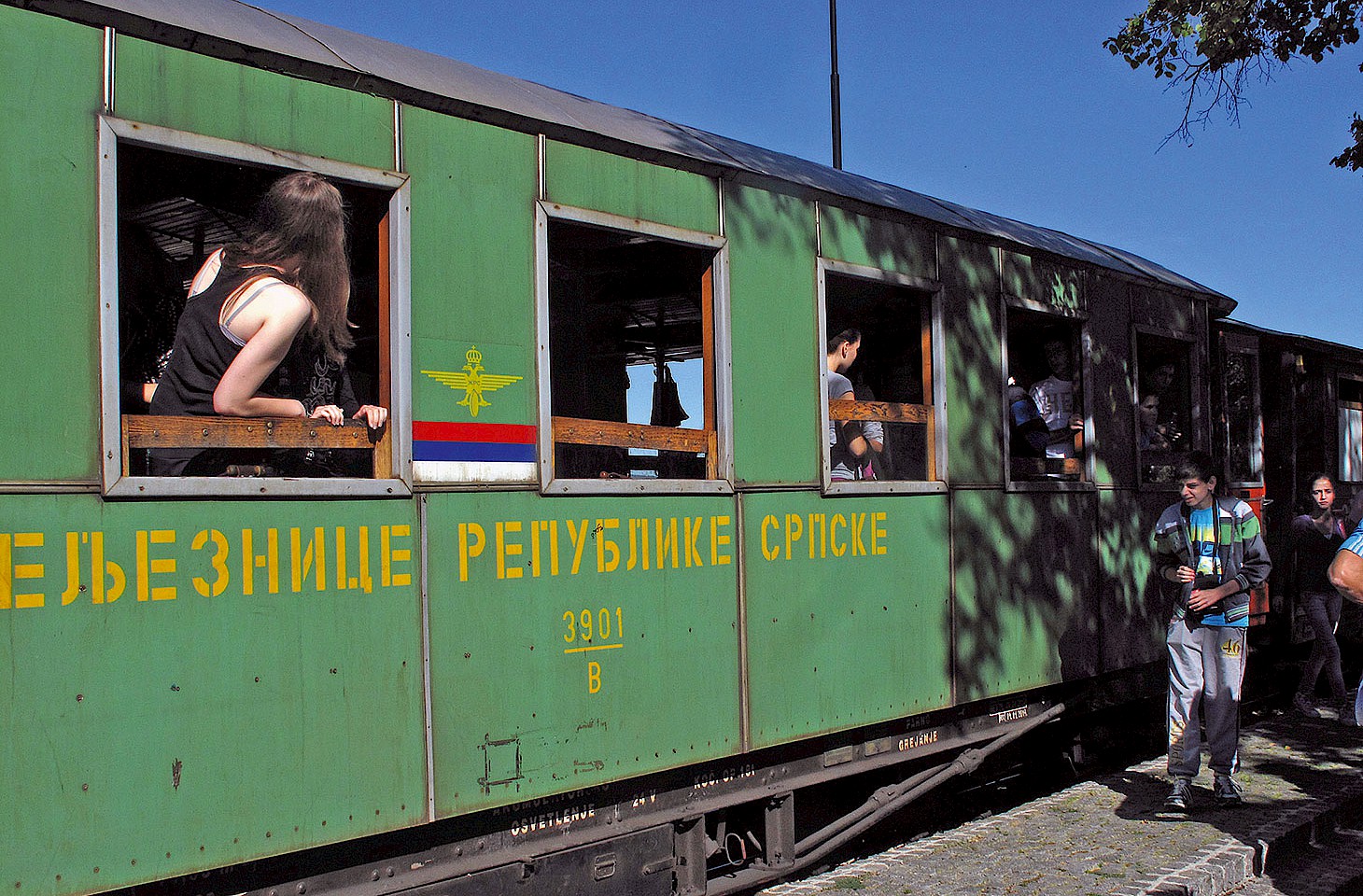The little port of Grisslehamn is an amiable enough spot, but scarcely a travel destination in its own right. Its claims to fame are slight; some interesting associations with Albert Engström, Sweden's hard hitting satirical cartoonist, and a handsome mid-eighteenth century postmaster's house that looks out over the Baltic.
The morning Eckerö Linjen ferry leaves Grisslehamn with its customary very Swedish punctuality. Naturally, there is entertainment for the kids, so the under-aged are detained by a clown and conjuror while their parents ravage the duty free shops. The ferry is bound for Eckerö in the Åland Islands. And because it is headed for the Ålands, that means duty-free. Cigarettes, aquavit and snuff - yes, snuff, for the Swedes have an appetite for ground tobacco unmatched by any other nation in Europe.
The Ålands are a complex archipelago of more than five thousand islands, rocky islets and skerries that lie between Finland and Sweden and, although part of the European Union, this scatter of islands lies outwith the EU's fiscal regime - a little accounting curiosity that the Åland Islands share with Mount Athos, the tiny theocratic polity on a peninsula that juts into the northern Aegean (and featured earlier this year in hidden europe 6).
The crossing from Grisslehamn to Eckerö is an exercise in Scandinavian comfort. A dozen variations of pickled herrings on the smörgåsbord! This is a far cry from the open rowing boats that used to leave Grisslehamn, carrying over to Åland the mail that was eventually bound for Russia. For the modern Eckerö Linjen ferry plies one of the most historic of Europe's old mail routes. From 1638, this was part of the postal route from Stockholm to the Swedish city of Åbo (now Turku in southwest Finland). After Sweden ceded Finland and Åland to Russia in 1809, the Åland mail route became one of the main arteries for conveying post to St Petersburg - the safe passage of the mail was entrusted to Åland's farmers and fishermen.




